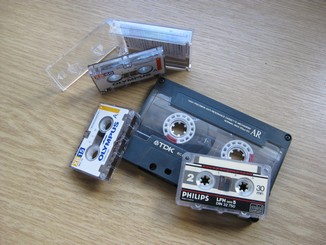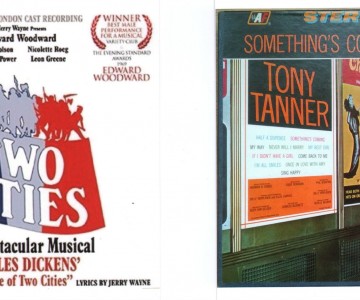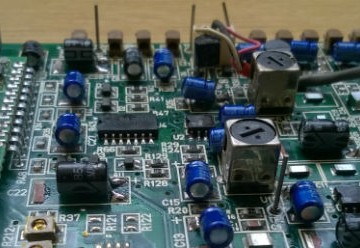01277 225316 info@audiorestored.com
Micro and Mini Cassettes Transfer to CD | Audio Restored

Prices
| Dictaphone Cassettes (Mini- and Microcassettes – standard play) | £12 / 15 minute side |
| Dictaphone Cassettes (Mini- and Microcassettes – standard play) | £18 / 30 minute side |
| Dictaphone Cassettes (Mini- and Microcassettes – long play) | £26 / 60 minute side |
| n.b. Tapes found to be blank, or not required once transferred | £7 / side |
Mini- and Microcassette facts
- Prior to modern mini- and microcassettes, the earliest Dictaphones date back to 1907 when a dictating machine, based on the well established recordable wax cylinder, was first trademarked by the Columbia Graphophone Company.
- Unlike the Compact cassette, and the Microcassette, mini-cassettes are not driven by a capstan and pinch roller – instead, the tape is pulled past the head by the reels. Although this leads to greater wow and flutter compared with the capstan-driven devices, it allows the cassettes to be slightly smaller, and is perfectly adequate for voice recording.
- Comparable playing times for the Mini- and Microcassettes (30 – 60 mins per side) compared to standard cassettes, were achieved by the use of thinner tape and half or quarter speeds (2.4cm/s and 1.2cm/s compared with 4.75cm/s for the standard cassette).
- In addition to their use in dictation and answering machines, microcassettes have found use in computer data storage and as a medium for recording music.
- Stereo models were released in 1992, and for higher fidelity, microcassettes were even produced using Type IV (‘metal’) tape. However, these were phased out within 2 years.
Audio Enhancement
After listening to your recording, we apply whatever digital restoration is necessary to improve the sound quality. Please bear in mind that mini- and microcassettes were never intended for, or capable of high fidelity reproduction! Therefore, we endeavour to make the audio content as clear and easy to listen to as possible.
Modern Dictaphones are portable, lightweight hand-held recording devices based on solid-state memory. Prior to this, they were based on the ‘cassette-enclosed’ magnetic tape recording principle, and were used predominantly to record speech.

Introduced in the mid 1960s, the earliest cassette tape dictating machines used standard Compact Cassettes as the audio storage medium, but soon manufacturers developed Mini-Cassettes (Philips, 1967) and subsequently Microcassettes (Olympus, 1969) to enable the portable units to be made even smaller.
We can transfer your Mini-Cassettes and Microcassettes to .wav file or CD, using a Philips Professional Pocket Memo 398 or an Olympus Pearlcorder S713 respectively.
Individual tracks (where appropriate) are separated to give full track skip/search functions. CD text and on-CD printing are added for convenience, and your disc is returned to you in a clear, flexible vinyl sleeve.
Alternative file formats (FLAC, .mp3) can also be accommodated if required.
Contact us to discuss your requirements fully.



